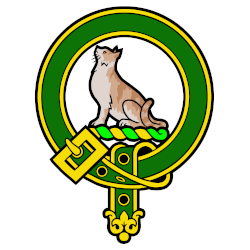Kushiel’s Dart bites deep, a bitter scarlet blemish in the iris of those blessed, or cursed, to experience both pain and pleasure as one. Phedre bears that mark, defining both her nature and her destiny, but an equal part of the shaping of her life is claimed by Anafiel Delaunay; Anafiel who recognizes the mark of Kushiel and determines to turn the vocation of a unique courtesan into a tool for intrigue. For who better to withstand torture than one who craves it – and what better temptation for the torturer?
Carey’s Kushiel trilogy is set in the land of Terre de Ange (presumably, Land of the Angels), which she places geographically in the region of France, and chronologically following the downfall of the Roman Empire. The historical ties are imprecise enough to bear no burden of accuracy, however, and the mythology is based only loosely around our own.
The central mystery of this proto-France land is a being born from the blood of Christ and the tears of Mary Magdalene, mixing in the mud of the earth. Twelve angels abandoned the service of God to follow this new being called Elua; Kushiel was one, an angelic scourge in charge of punishing the sinful, yet whose punishments were exquisite enough that the punished were left craving more; Naamah was another, whose angelic beauty and grace served to raise lovemaking to a form of worship, and whose charms purchased freedom and sustenance for Elua.
The result, two hundred years later, is a uniquely-conceived backdrop for Phedre’s gripping tale of intrigue and divinity. Readers will not be disappointed by any aspect of this first novel; it is written with taste and subtlety. While the focus of the story is intrigue, in the shape of Phedre’s assignations and their dire consequences, there is enough straightforward conflict to satisfy anyone.
Phedre’s peculiar tastes are, if not the driving force of the plot, at least extremely significant to it. As such, readers who find the idea of an erotic aspect of pain distasteful might prefer to skip the book. However, that aspect of events is handled with grace and delicacy; even those who don’t share that particular passion should not have their experience ruined by it.
An unexpected treat is the depth of cultural, historical, and mythological knowledge interwoven into the tale. The reader with a knowledge of these elements in our own history will be drawn into a world where the myths are living, vibrant, and both viscerally real and rationally ambiguous. The reader is gracefully presented characters who believe in the supernatural, combined with events that leave room for skepticism.
There is truly something in this book for every taste, and the various elements are woven together skillfully. This is one of the best novels I’ve read this year.
